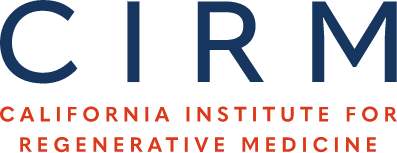Clinical translation of stem cells: insight for cartilage therapies.
Publication Year:
2013
PubMed ID:
24083452
Funding Grants:
Public Summary:
The limited regenerative capacity of articular cartilage, a tissue that lines the ends of bones, have motivated the investigation of new repair technologies, especially since current treatments often do not last long term. Cartilage generation in the laboratory using primary cell sources is limited by cell availability and expansion potential. Pluripotent stem cells possess the capacity for making matrices commonly seen in cartilage. Also, these cells can be expansion in culture at greater numbers than primary cells, thus providing a potential future solution to cell-based cartilage regeneration. Despite successes that have already been seen in the field of using adult and embryonic stem cells to produce cartilage, the translation of these technologies to the clinic has been severely limited. This review discusses recent advances in stem cell-based cartilage tissue engineering and the major current limitations to clinical translation of these products. Concerns regarding appropriate animal models and studies, stem cell manufacturing, and relevant regulatory processes and guidelines will be addressed. Understanding the significant hurdles limiting the clinical use of stem cell-based cartilage may guide future developments in the fields of tissue engineering and regenerative medicine.
Scientific Abstract:
Abstract The limited regenerative capacity of articular cartilage and deficiencies of current treatments have motivated the investigation of new repair technologies. In vitro cartilage generation using primary cell sources is limited by cell availability and expansion potential. Pluripotent stem cells possess the capacity for chondrocytic differentiation and extended expansion, providing a potential future solution to cell-based cartilage regeneration. However, despite successes in producing cartilage using adult and embryonic stem cells, the translation of these technologies to the clinic has been severely limited. This review discusses recent advances in stem cell-based cartilage tissue engineering and the major current limitations to clinical translation of these products. Concerns regarding appropriate animal models and studies, stem cell manufacturing, and relevant regulatory processes and guidelines will be addressed. Understanding the significant hurdles limiting the clinical use of stem cell-based cartilage may guide future developments in the fields of tissue engineering and regenerative medicine.



